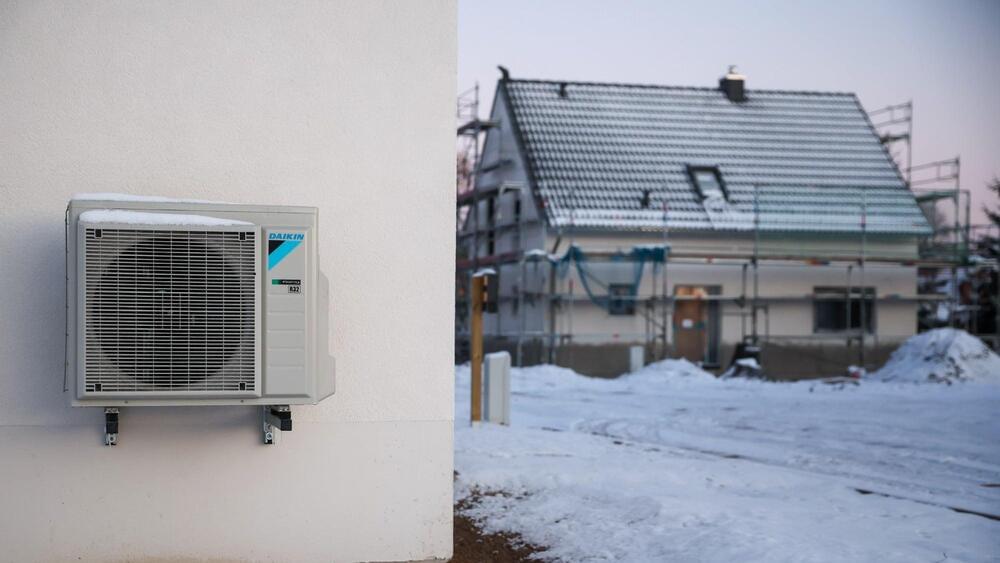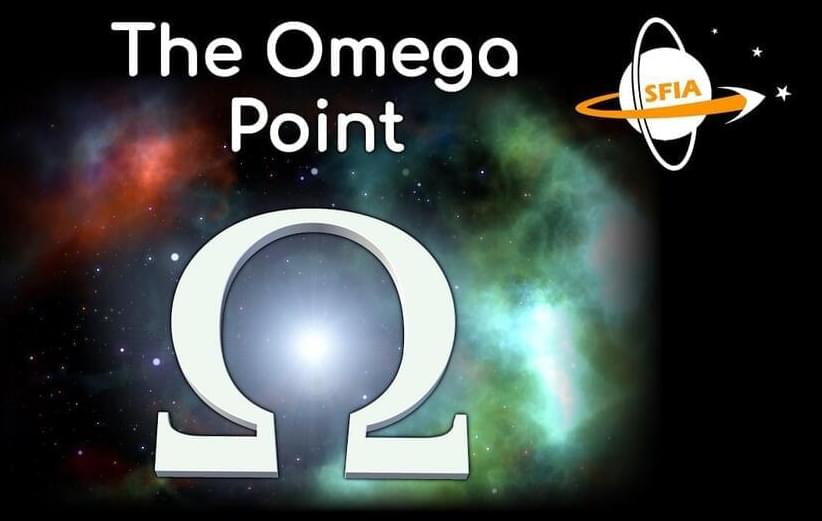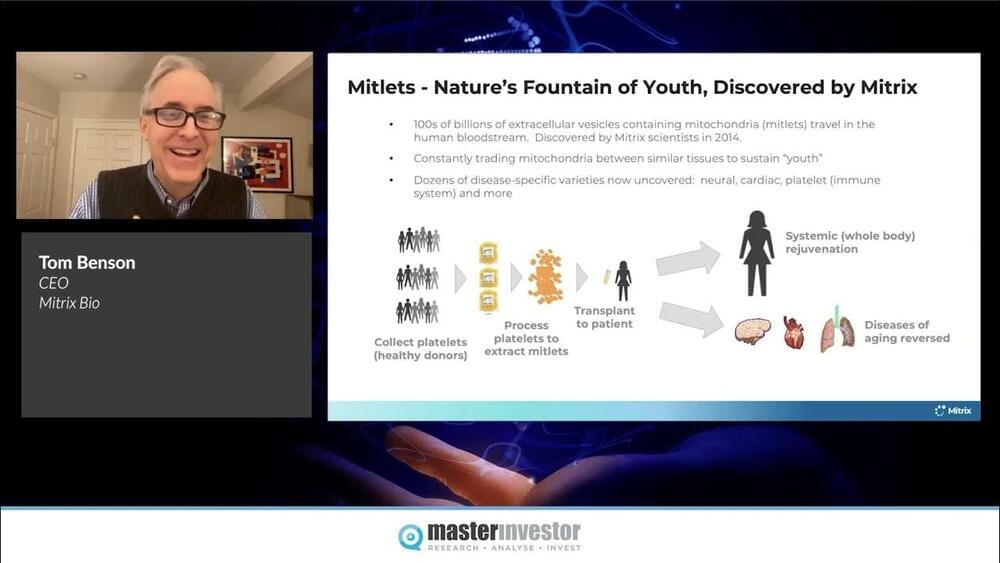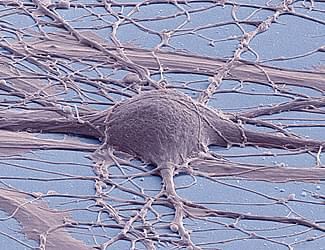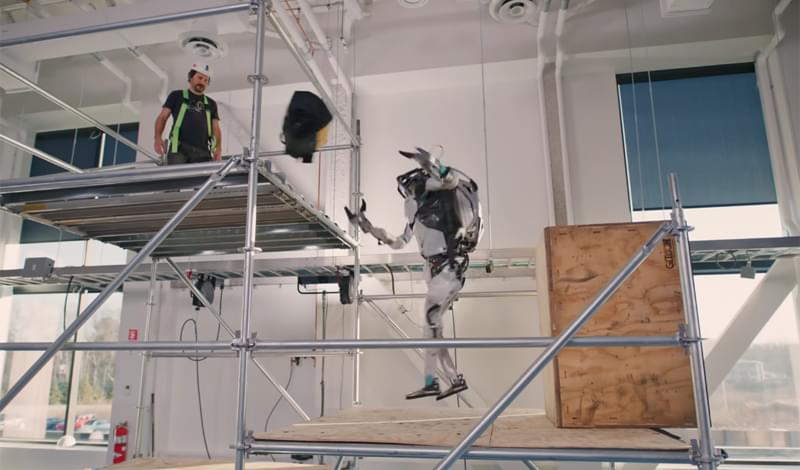Search is possibly one of the main technological advances of the Internet era that did not change much over the past 20 years. Now, we are in for another disruption. The real battle for dominance in AI is on. Can Google maintain its monopoly?
The horrors of HBO’s latest hit are based on real-world nightmares. Here’s what a Cordyceps apocalypse might look like in reality.
Innovative thinking has done away with problems that long dogged the electric devices. Scientists and environmentalists are excited about the possibilities.
The Omega Point
Posted in futurism, media & arts
Sign up for a Curiosity Stream subscription and also get a free Nebula subscription (the streaming platform built by creators) here: https://curiositystream.com/isaacarthur.
The Omega Point Cosmological Theory argues that it may be possible to continue existing until the End of Time itself.
Visit our Website: http://www.isaacarthur.net.
Join Nebula: https://nebula.tv/isaacarthur.
Support us on Patreon: https://www.patreon.com/IsaacArthur.
Support us on Subscribestar: https://www.subscribestar.com/isaac-arthur.
Facebook Group: https://www.facebook.com/groups/1583992725237264/
Reddit: https://www.reddit.com/r/IsaacArthur/
Twitter: https://twitter.com/Isaac_A_Arthur on Twitter and RT our future content.
SFIA Discord Server: https://discord.gg/53GAShE
Listen or Download the audio of this episode from Soundcloud: Episode’s Audio-only version: https://soundcloud.com/isaac-arthur-148927746/the-omega-point.
Episode’s Narration-only version: https://soundcloud.com/isaac-arthur-148927746/the-omega-point-narration-only.
Credits:
The Omega Point.
Science & Futurism with Isaac Arthur.
Episode 378, January 19, 2023
Written, Produced & Narrated by Isaac Arthur.
Editors:
Briana Brownell.
Konstantin Sokerin.
Music Courtesy of Epidemic Sound http://epidemicsound.com/creator.
Talk Title: Human Age Reversal through Mitochondrial Transplantation.
Tom Benson, CEO at Mitrix Bio, presents at Investing in the Age of Longevity 2022. In his talk, Tom outlines the effect of mitochondria on aging, and how mitochondrial transplantation can be used for age reversal. Showcasing how Mitrix Bio is pioneering the application of this technique, Tom also presents the company’s roadmap for clinical trials and commercialisation of its platform.
Download the presentation slides: https://bit.ly/IAL22-Tom-Benson.
Investing in the Age of Longevity 2022 was held in London on 17 November 2022. The one-day masterclass featured presentations from scientists and business leaders at the cutting edge of the field, giving participants the inside track on the latest aging-related discoveries and investment opportunities.
Download the event programme: https://www.masterinvestor.co.uk/IAL22
Find out more about past and upcoming Master Investor events: https://events.masterinvestor.co.uk
Our ability to learn, move, and sense our world comes from the neurons in our brain. This information moves through our brain between neurons that are linked together by tens of trillions of tiny structures called synapses. Although tiny, synapses are not simple and must be precisely organized to function properly. Indeed, diseases like autism and Alzheimer’s are increasingly linked to defects in the organization and number of these tiny structures. Now researchers at Thomas Jefferson University have found a new way in which synapses organization is controlled, which could eventually lead to better treatments for neurological diseases.
Researchers who study how synapses grow and are lost have long focused on a molecule called PSD-95, which helps create and maintain the scaffolding around which a synapse is built. A new paper, publishing in Nature Neuroscience October 19th, reveals that a second protein interacts with PSD-95 and enables adaptive changes, such as changes in sensation, to be translated into changes in the synaptic scaffold, changing the amount of PSD-95 at the synapse.
“We can’t see or learn or talk without synapses working properly,” says senior author Matthew Dalva, Ph.D., Associate Professor of Neuroscience at the Sidney Kimmel Medical College at Thomas Jefferson University and the Farber Institute of Neuroscience at Jefferson and leader of the Theme Team for Synapse Biology. “We need a better understanding of how the brain works normally in order to develop a better sense of where to intervene to stop or cure diseases of the brain. It’s important to understand how these molecules interact.”
Technology is becoming far more advanced than anyone has imagined, and this new tech can give users Superman’s best powers.
Is the ChatGPT Fervour Premature?
Posted in internet, robotics/AI
The success that ChatGPT has had, at least in generating public interest, has had the inevitable consequence of prompting some writers to question its credentials and generally pour tepid if not actually cold water over what it can do. The latest of these is Will Knight writing in the January 13, 2023 edition of Wired. “ChatGPT Has Investors Drooling – but Can It Bring Home the Bacon?”.
In that article he makes two observations that merit closer attention, one of which I think has merit and the other of which I think harks back to a Dreyfus-like What Computers Still Can’t Do mentality. And both can be seen as examples of Schadenfreude.
Right at the end of the article Wright makes a legitimate point that he has gleaned from Phil Libin who was the CEO of the note-taking app Evernote from 2007–2015. Wright, summarising some of the downsides Libin anticipates, says One is that ChatGPT and other generative AI models are currently created by scraping content made by humans from the web, but are increasingly contributing to the text and images found online. All of these models are about to shit all over their own training data, he [Libin] says. ‘We’re about to be flooded with a tsunami of bullshit.’
New video of Atlas robot
Posted in robotics/AI
Boston Dynamics has trained its Atlas robot to develop a new set of skills.
In this video, the humanoid robot manipulates the world around it – interacting with objects and modifying the course to reach its goal – pushing the limits of locomotion, sensing, and athleticism.
“We’re not just thinking about how to make the robot move dynamically through its environment, like we did in Parkour and Dance,” said Scott Kuindersma, the company’s team leader of research on Atlas. “Now, we’re starting to put Atlas to work and think about how the robot should be able to perceive and manipulate objects in its environment.
Computers and information technologies were once hailed as a revolution in education. Their benefits are undeniable. They can provide students with far more information than a mere textbook. They can make educational resources more flexible, tailored to individual needs, and they can render interactions between students, parents, and teachers fast and convenient. And what would schools have done during the pandemic lockdowns without video conferencing?
The advent of AI chatbots and large language models such as OpenAI’s ChatGPT, launched last November, create even more new opportunities. They can give students practice questions and answers as well as feedback, and assess their work, lightening the load on teachers. Their interactive nature is more motivating to students than the imprecise and often confusing information dumps elicited by Google searches, and they can address specific questions.
The algorithm has no sense that “love” and “embrace” are semantically related.


